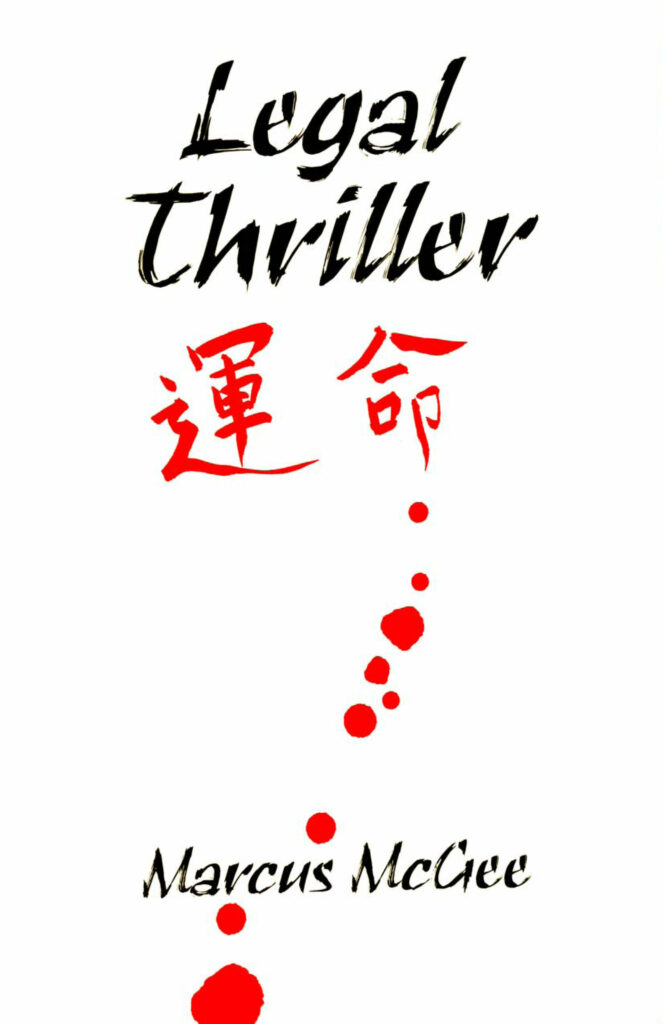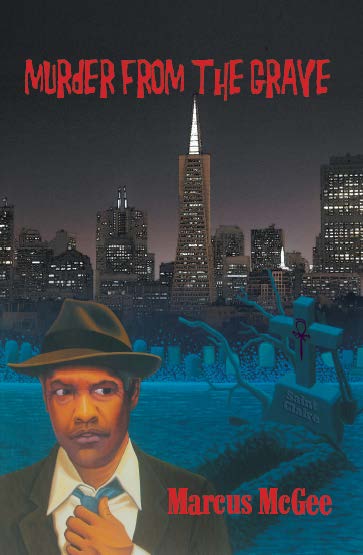Murder Therapy (Why I Write Thrillers)

I can see it now… one of these days something will happen where I’ll be accused of a diabolical crime… and the investigation will eventually lead to this page, which will contain troubling clues about my character and relevant facts in the convoluted case…
Detectives/Inspectors will advance theories about why this page even exists, will suggest that I am an attention-seeking psychopath who is compelled to prove himself smarter than the world’s greatest sleuths… and television crime investigators will write copy and teasers that will keep viewers attention through the annoying ads, on DVRs and through cable reruns… my lurid story will be here, for your sick obsession, because in weakness you “can’t look away.”
My story will make for great headlines, a creepy biopic and will launch crime shows and investigative careers. Psychologists might even create a new name for my sickness, my compulsion to not only kill, but my desire to become a the world’s greatest murder artist.
The ancient Greek physician, Hippocrates, uttered the aphorism beginning, Ars longa, vita brevis… which I understand to mean that while an artist can die, the art left behind lives forever. If I must murder, I am compelled to do it in a way that is artful, in a way that will be remembered long after I am gone.
Malice aforethought—A predetermination to commit an act without legal justification or excuse. A malicious design to injure. An intent, at the time of a killing, willfully to take the life of a human being, or an intent willfully to act in callous and wanton disregard of the consequences to human life; but malice aforethought does not necessarily imply any ill will, spite or hatred towards the individual killed.
Guilty without a doubt. Have I, with malice, plotted to commit an injurious act against a person with the intent to take a life, demonstrating a callous and wanton disregard of the consequences? Yes, since rarely a day passes without me engaging in some form of premeditation to commit murder. If you are a close acquaintance, I may have murdered you at least once or twice… in my mind.
Author Robert Louis Stevenson, in The Strange Case of Dr. Jekyll and Mr. Hyde highlighted the “duality in human nature, expressed as an inner struggle between good and evil.” According to Freudian theory, “the thoughts and desires banished to the unconscious mind motivate the behaviour of the conscious mind.
If someone banishes all evil to the unconscious mind in an attempt to be wholly and completely good, it can result in the development of a Mr Hyde-type aspect to that person’s character.” Thus when you read one of my thrillers, you will meet, or better—become acquainted with my “Mr. Hyde.”
How many have I thus murdered? More than fifty. Killed? Hundreds of thousands, perhaps millions. So why is it that civil society has not locked me up, put me away for the public good? Because the persons I have murdered are “characters,” though in my mind (and perhaps for some of my readers) they are as real as any living breathing person.
I don’t usually murder persons who I don’t know. I make it a point to know all I can about them—pivotal moments, or arcs, in their histories, their like and dislikes, weaknesses, passions and secrets. I do not murder simpletons, and I do not murder without exquisite attention to detail—there is no art in such business.
The descriptive, artistic murder scene in Legal Thriller is a little much for some readers (who choose to skip over it), but for most it is a “can’t look away” feature of the book that is necessary to understand prosecutor Destiny Mitchell’s intense passion to pursue justice against unsurmountable odds and to fight to the end. Naturally, I had to murder a few other people during the story and I had to fight against my perpetual urge “to kill all my characters at the end of the story,” but there is enough blood throughout to sate my thirst.
In Murder From the Grave, based on the killer’s letter, I am presented with the problem of murdering seven people in a way that something about each murder creates a series of events that will cause the next murder, from seven to one, but my killer is clever. In a separate series of murders, the killer presents a death series that he debuts at the DeYoung, a fine arts museum located in San Francisco’s Golden Gate Park. He re-stages Michelangelo’s “Creation of Adam” and other Renaissance works, incorporating recently-murdered bodies.
In my opinion, however, his most impressive murder is one in which he creates a set of circumstances wherein the victim can independently choose life, but must ultimately become complicit in the murder (suicide).
The initial premise for Viral Vector as a second book in the Destiny Mitchell (Legal Thriller) series involved someone murdering Death Row inmates at San Quentin. I pitched the idea to an agent, who told me there was not enough there. In short, she explained that the book had to have some kind of relevance to a larger audience, which I interpreted as a global relevance as I reworked the story to make the San Quentin murders merely the tests for the more significant murders to come—the murders of “Heads of States” for political global dominance.
I love killing my main characters, so I had no idea who would die. I wanted to kill them all, but at some point during the writing, the characters and story take over, at which time I become a rapt observer and scribe. This book is a true mystery/thriller (mystery: who done it?/thriller: how do we stop it?)
Alberta was next in the mystery/thriller genre with the mystery being the murder of a young woman. It has been, far and away, the most complex murder I have committed, involving binary elements and a reliance on predictable human habit and nature. Alberta, the chimp protagonist striving to be a “person” is one of my most intriguing characters/created persons.
The thriller portion involves the natural protagonist/antagonist fight to the death and the outcome of a civil war in the United States about race with over 100,000 casualties. It’s a significant story for America and the definition of “personhood” going forward.
When readers ask where I get story ideas for my intricate plots with diabolical twists, I am loath to tell them that I have a “dark side” that lies just beneath my calm, conservative demeanor, one that is always plotting the perfect murder, which would have to be seamless.
Admittedly, I have many schemes worked out in my head, and occasionally I have fantasized about a test outside my therapy, but the paradox is ever present: what good would it be to commit the perfect murder if you couldn’t share your genius with the world? And thus I write.
The act of writing mystery/thrillers and creating real characters in the minds of my audience only to murder them is a healthy form of therapy for me and for society at large. For those who decide to follow me and read my work, you’ve only begun to realize what art my “Mr. Hyde” is capable of creating.
A warning, though: if it ever follows that I stop writing books in this genre and banish my dark thoughts and desires to the unconscious mind in an attempt to be wholly and completely good, you would do best to catch up on any of my books you haven’t already read… call Dateline and 20/20, or notify your nearest unconventional, clever detective to follow-up on my next deadly adventure.




